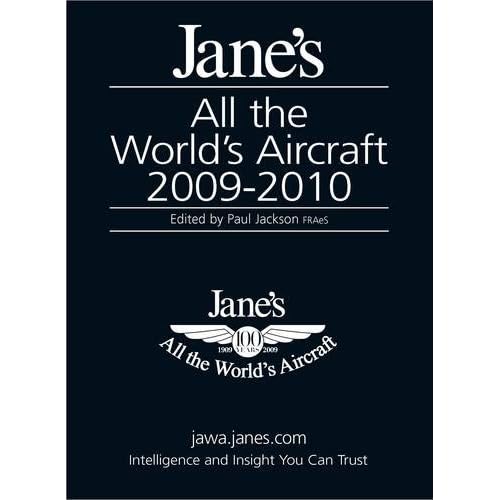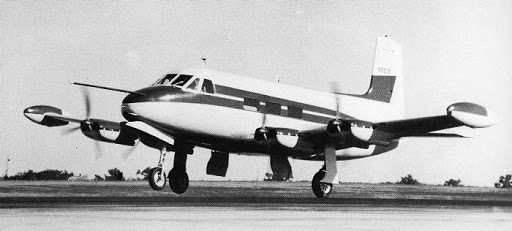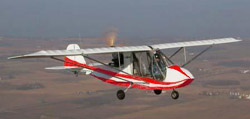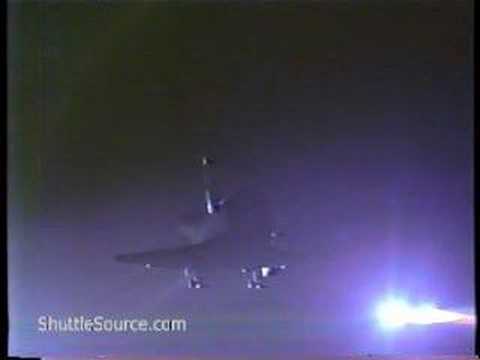One of the most annoying things to hear besides ATITAPA is an aircraft ifentified as a Cessna. At least Cherokee is more specific and only refers to 3 or 4 models.
My Cherokee 180 was Cherokee 8816J
Cessna 172 is Skyhawk 7242G
Cessna 152 is either Commuter or Sparrowhawk 1234X
Arrow is Arrow. Warrior is Warrior.
No need to ever user Cessna, Piper, Beech, etc. as types.
Going back to the days when high-wing Cessnas only had model numbers and not names, it was customary for ATC to refer to anything from a 120 to a 210 as "Cessna" -- and many of the more seasoned controllers still do so.
172s were built for six years before the name "Skyhawk" was first used, and even then, until 1975, it only referred to an optional equipment package. So not all 172s are Skyhawks. Cessna 210s were built from 1960 to 1963 before the name "Centurion" was dreamed up for the '64 model. And "Commuter" was just one of the three option packages available on Cessna 150s until the last year or so of production, when the brochures finally referred to the 150 as "Cessna Commuter".
(I'd think that ATC would rather a C-150/152 pilot not use the name "Commuter" anyway, as it might suggest some sort of short-haul air carrier.)
Likewise any high-wing Piper has always traditionally simply been "Piper" to ATC. It mattered little to the controller whether it was a PA-12 or a PA-18, as the performance was similar.
For my CubCrafters CC11 Sport Cub I use the callsign "Cub XXX". Even though my airplane is not a Piper product, ATC will often answer with "Piper XXX."
Sometimes a busy controller might zone out on the specific type the pilot used in the initial callup, and will default to the more generic name -- like "Beech" for a Bonanza or "Piper" for a Saratoga. And pilots of any PA28 or PA32 variant soon get used to hearing ATC call them "Cherokee" -- even though Piper dropped the "Cherokee" name completely after the 1977 model year.
You just have to go with the flow. The historical context helps it make a little more sense.













